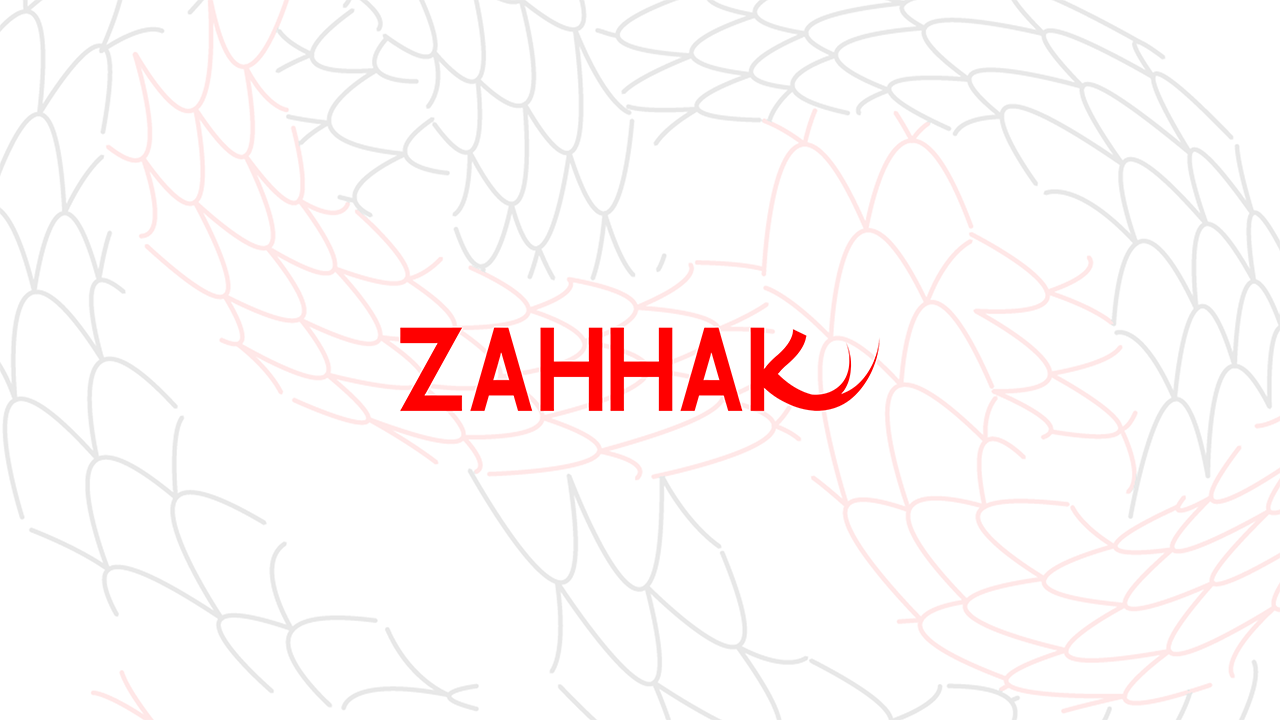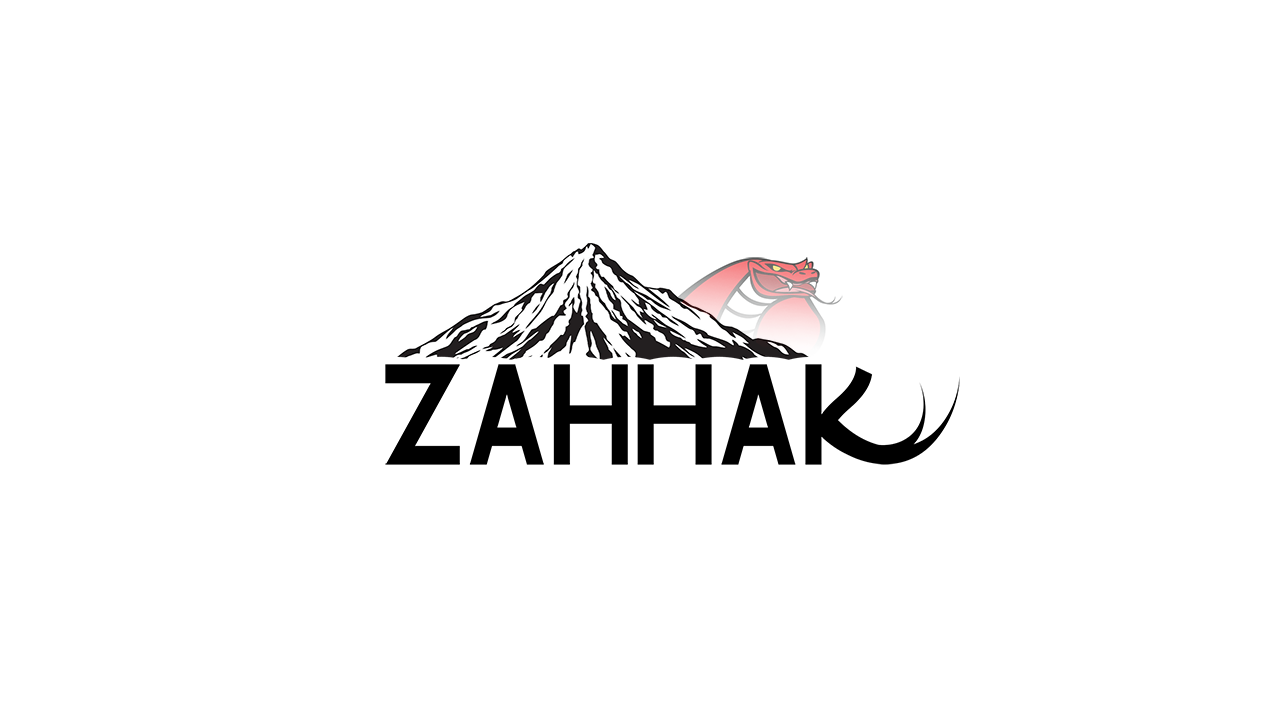ZAHHAK.
Introducing Zahhak: The Cyber Offense Arm of Tizrosoft – Targeted Digital Strikes in the Shadows
In an era where physical borders have become increasingly irrelevant and digital boundaries define power and influence, cybersecurity is no longer a choice it’s a necessity. Recognizing this evolving battlefield, Tizrosoft, a leading name in advanced tech and cybersecurity, has launched a specialized division known as Zahhak a unit focused not just on defending, but on executing calculated, targeted cyber operations.

What is Zahhak?
Zahhak operates as Tizrosoft’s elite cyber offense unit. This division is composed of handpicked cybersecurity analysts, penetration testers, reverse engineers, and threat intelligence specialists. Their mission? To infiltrate, disrupt, and dismantle hostile digital assets that pose a risk to societal values, national interests, or informational integrity.
In essence, Zahhak acts as a digital strike team moving with precision and stealth to penetrate enemy infrastructures, extract intelligence, or neutralize the threat at its source.
Main Focus: Penetrating Hostile and Negative Platforms
Unlike traditional cybersecurity teams that are defensive in nature, Zahhak operates on an offensive doctrine. Their targets are digital platforms that engage in hostile, manipulative, or malicious behavior particularly those that spread misinformation, incite unrest, or engage in cyber-hostile acts.
A typical Zahhak operation includes the following phases:
• Target Identification: Gathering intelligence on the structure and location of the target.
• Vulnerability Analysis: Mapping out exploitable weaknesses using both automated scanners and custom-built tools.
• Exploitation and Access: Using technical exploits to gain unauthorized access to systems.
• Information Extraction or System Neutralization: Depending on the mission goal, Zahhak may extract sensitive data, publish internal communications, or render the system inoperable.
• Stealth & Exit: All actions are performed with high-level operational security to leave no digital footprints behind.
Why the Name “Zahhak”?
The name Zahhak is a powerful one, drawn from Persian mythology. In traditional lore, Zahhak is a figure of corruption and tyranny. However, in the cyber realm, the name is reimagined symbolizing a raw, fearless force capable of confronting chaos head-on. Zahhak is not about senseless destruction it’s about controlled aggression with purpose, precision, and strategy.

Zahhak’s Internal Structure
Zahhak is a highly structured operation with multiple specialized units, including:
1. Reconnaissance Division: Gathers open-source intelligence (OSINT) and digital footprints of targets.
2. Exploitation Unit: Performs penetration testing, zero-day research, and real-time system breaches.
3. Reverse Engineering & Data Analysis Team: Interprets data retrieved during ops, uncovers operational networks, and links digital assets to real-world actors.
4. Media Operations Cell: When needed, this team oversees digital disclosure, psychological operations (psy-ops), or black-hat style takedowns.
A Thin Line Between Ethics and Power
Operating offensively in cyberspace raises ethical questions. Tizrosoft has established strict internal guidelines to ensure that Zahhak only targets entities that clearly engage in destabilizing, unethical, or hostile activities be it terrorism, disinformation, or cyber sabotage. Zahhak operates as a strategic response unit, not a rogue actor.
Notable Successes (Though Mostly Confidential)
Due to the sensitive nature of its work, most Zahhak missions remain classified. However, in expert circles, the team is believed to be responsible for several disruptions of anti-national platforms, exposures of deceptive media operations, and silent takedowns of hostile cyber infrastructures.
What Lies Ahead
Zahhak continues to evolve. Future plans include:
• Integration of AI-driven threat detection
• Development of custom malware for stealth intrusions
• Use of advanced encryption protocols to protect operation data
The team is also exploring automated red teaming, deep-fake counterintelligence, and cross-platform infiltration systems that allow simultaneous disruption of complex digital networks.
Alert
Zahhak has never engaged in any activity against individuals in the physical world, nor will it ever do so. Certain malicious actors are exploiting the name “Zahhak” to commit data theft, extortion, and blackmail actions that are strictly against our principles and have no affiliation with us whatsoever.
We fully disassociate ourselves from such individuals and their unethical actions. Furthermore, we affirm that Zahhak maintains no official or unofficial presence on any public platform or social media network. Any claim of representation or connection to us through these channels is false and illegitimate.
In conclusion, Zahhak is more than just a cybersecurity unit it is a symbol of active digital resistance. In a world where threats hide behind screens and firewalls, Zahhak steps into the shadows, armed with code and conviction, ready to strike.